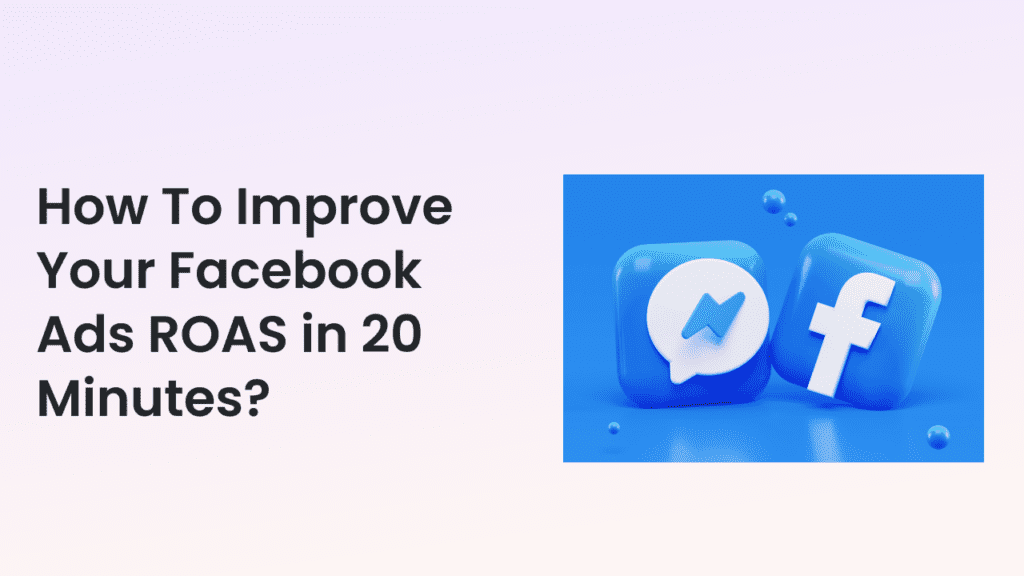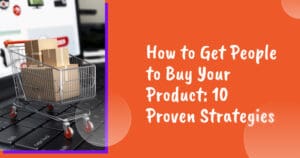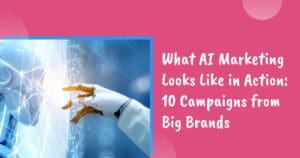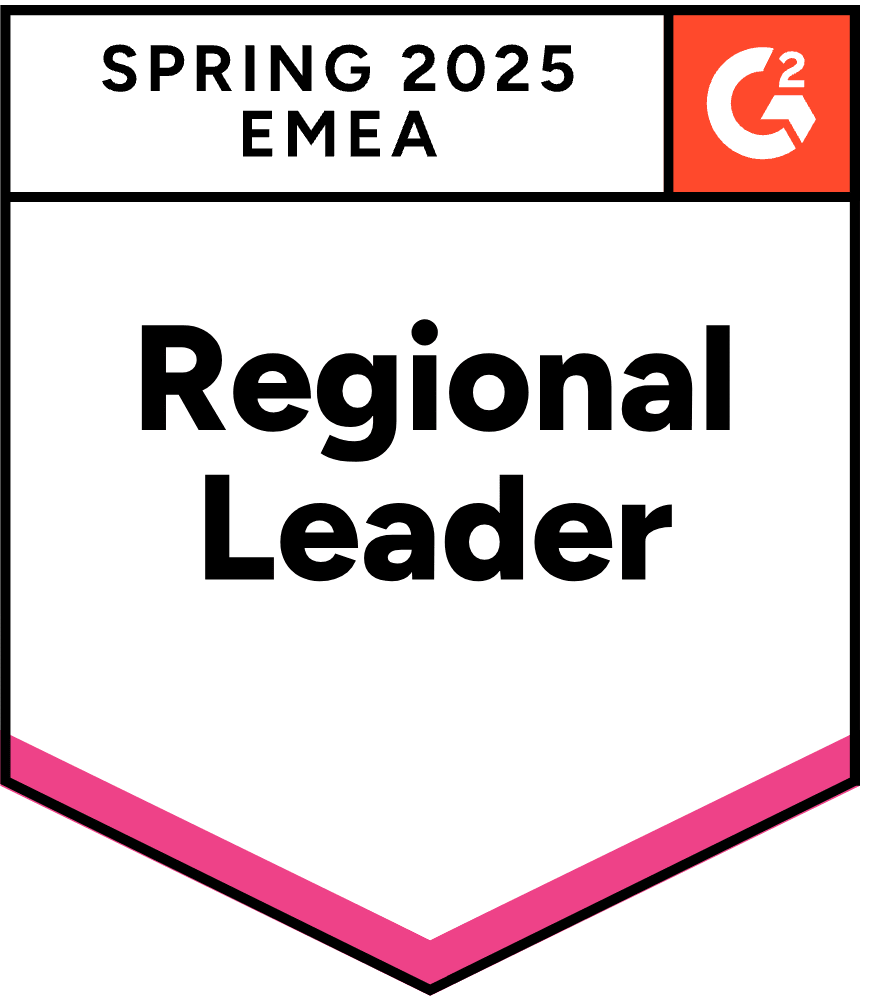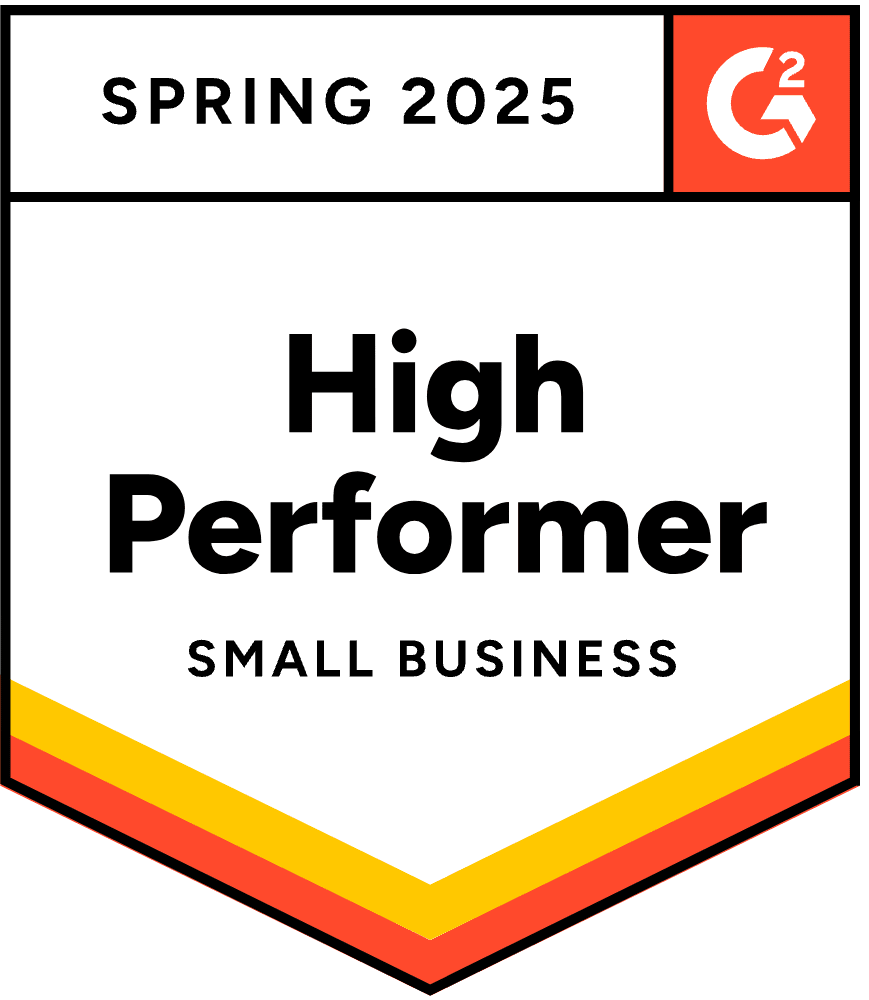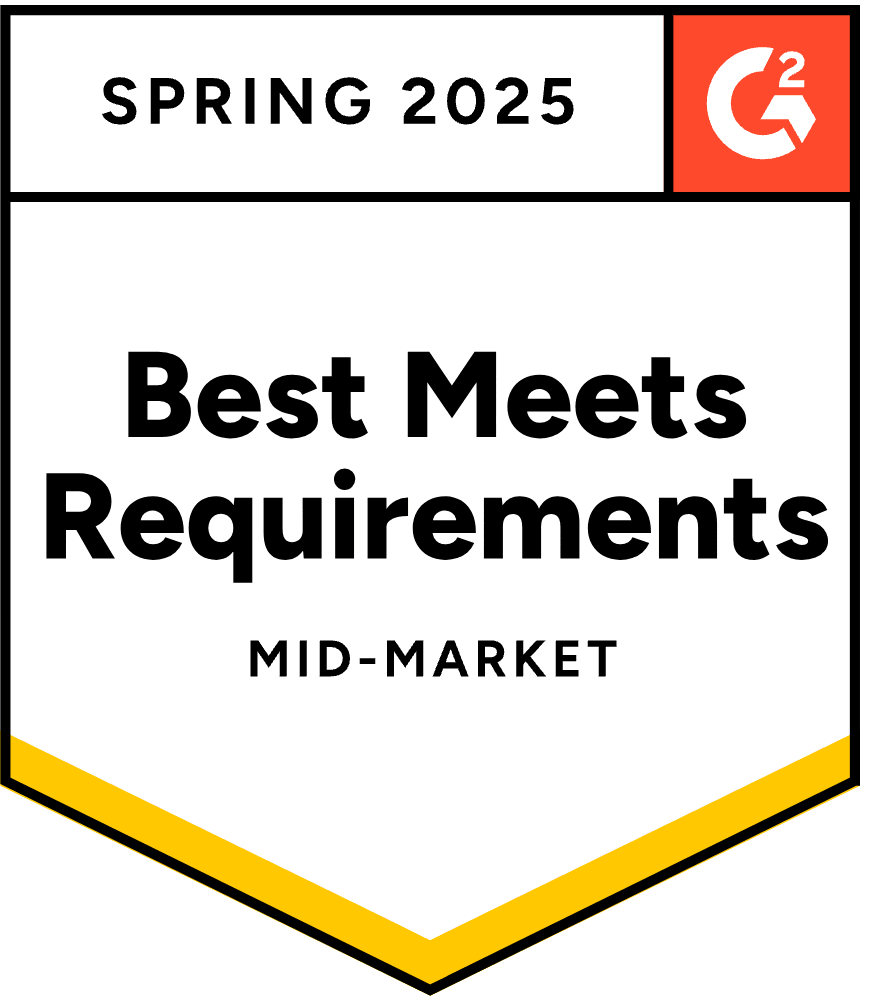Facebook provides businesses with vast opportunities to reach their target audience. However, there are serious challenges involved in crafting high-converting Facebook ad campaigns…
Today, we’ll dive deep into the challenge of “message match” in Facebook advertising and explore three effective ways to align your landing pages with your Facebook ads.
By the end of this article, you’ll have the tools to double your Facebook ads’ success in just 20 minutes, improving your Facebook ROAS and maximizing the impact of your advertising efforts.
Let’s get right into it!
The challenges of crafting high-converting Facebook ad campaigns
Imagine this:
Your potential customers are living their everyday lives; perhaps they’re standing in line somewhere. Since they have a few spare minutes, they decide to scroll through Facebook.
Amid vacation photos and unique viewpoints on politics, they stumble upon your Facebook ad campaign for hair vitamins promising quick growth.
Intrigued, they click on your ad.
However, instead of finding a headline that talks about growing hair quickly, they see something different: “Say goodbye to wrinkles.”
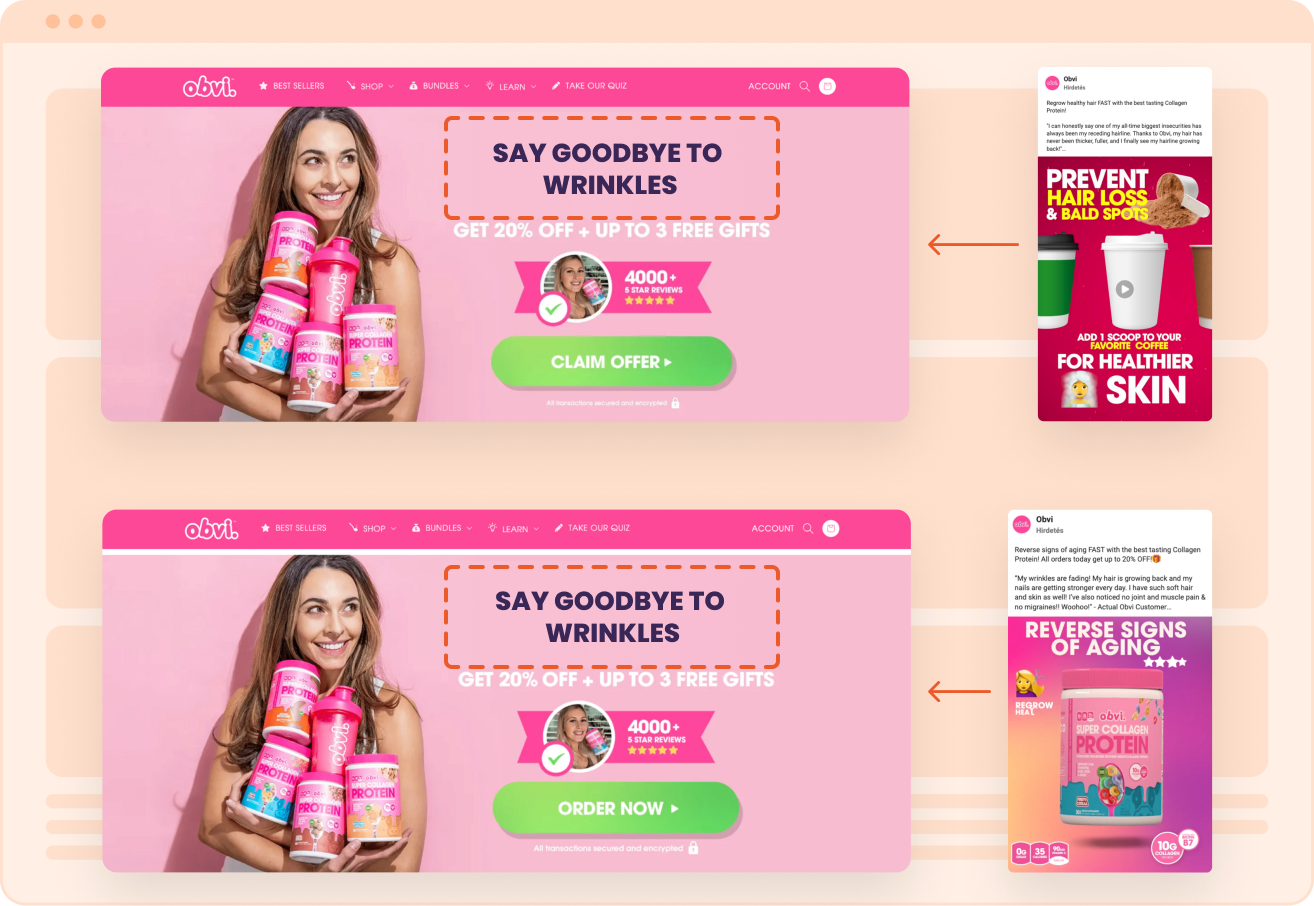
The vitamin they wanted is nowhere in sight. In the meantime, someone in line distracts them from scrolling on their phone, they move on, and you lose a sale.
This scenario perfectly illustrates the challenge of message match.
When your Facebook advertising promises a specific product or offer, your landing page must deliver exactly what was advertised.
Failure to do so can lead to confusion, frustration, and high bounce rates.
To avoid this and improve the conversion rates of your landing pages, you need to ensure that your landing page content aligns perfectly with your ad’s message, every time.
Echo the visuals, headlines, and offers used in your Facebook campaigns to create a seamless transition for potential customers.
The more relevant and personalized your landing page is, the higher your conversion rate will be.
Here you can see that Obvi ran two distinct Facebook ads: one for hair loss and the other focused on reversing the signs of aging.
They personalized the landing page to match both Facebook ads, so the ad about preventing hair loss led to a landing page focused on regrowing healthy hair fast, and the one about reversing the signs of aging featured the headline, “Say goodbye to wrinkles.”

3 ways to match your landing pages to your ads
Now that we’ve discussed why messaging matching is important and why you should personalize your landing pages, let’s take a look at 3 different ways of aligning the messaging on your landing pages to the messaging in your ads.
From most difficult to easiest…
1. Create different landing pages for each ad campaign
Many marketers go with the manual approach when it comes to crafting landing pages. They often use tools like Unbounce to create various landing pages that match their Facebook ads.
But it’s not the most sustainable tactic, as even minor tweaks can lead to an “update marathon” in order to make the changes across all those pages.
And let’s not forget the need to brainstorm tailor-made headlines and subheadlines for each version, followed by the manual rewriting and publishing ritual.
Now imagine you’ve got a handful of Facebook ads, say 10 to 15.
If you happen to spot a missing piece on your landing page, you’re in for the exhausting task of manual updates.
And that’s not even considering the growth potential of your advertising efforts. This method is clearly hard to scale.
2. Manually personalize your landing pages
An alternative approach involves creating just one landing page and then customizing specific sections using tools like OptiMonk’s Dynamic Content feature.
Obvi, for instance, used Dynamic Content to tweak elements on their landing page, effortlessly updating all versions simultaneously.
The process is straightforward:
First, you set up a Dynamic Content campaign.
Next, you open your landing page, pick the section you want to personalize, and rewrite it to suit your needs.
Then, you apply the “Visited URL” target to ensure it reaches the right audience.
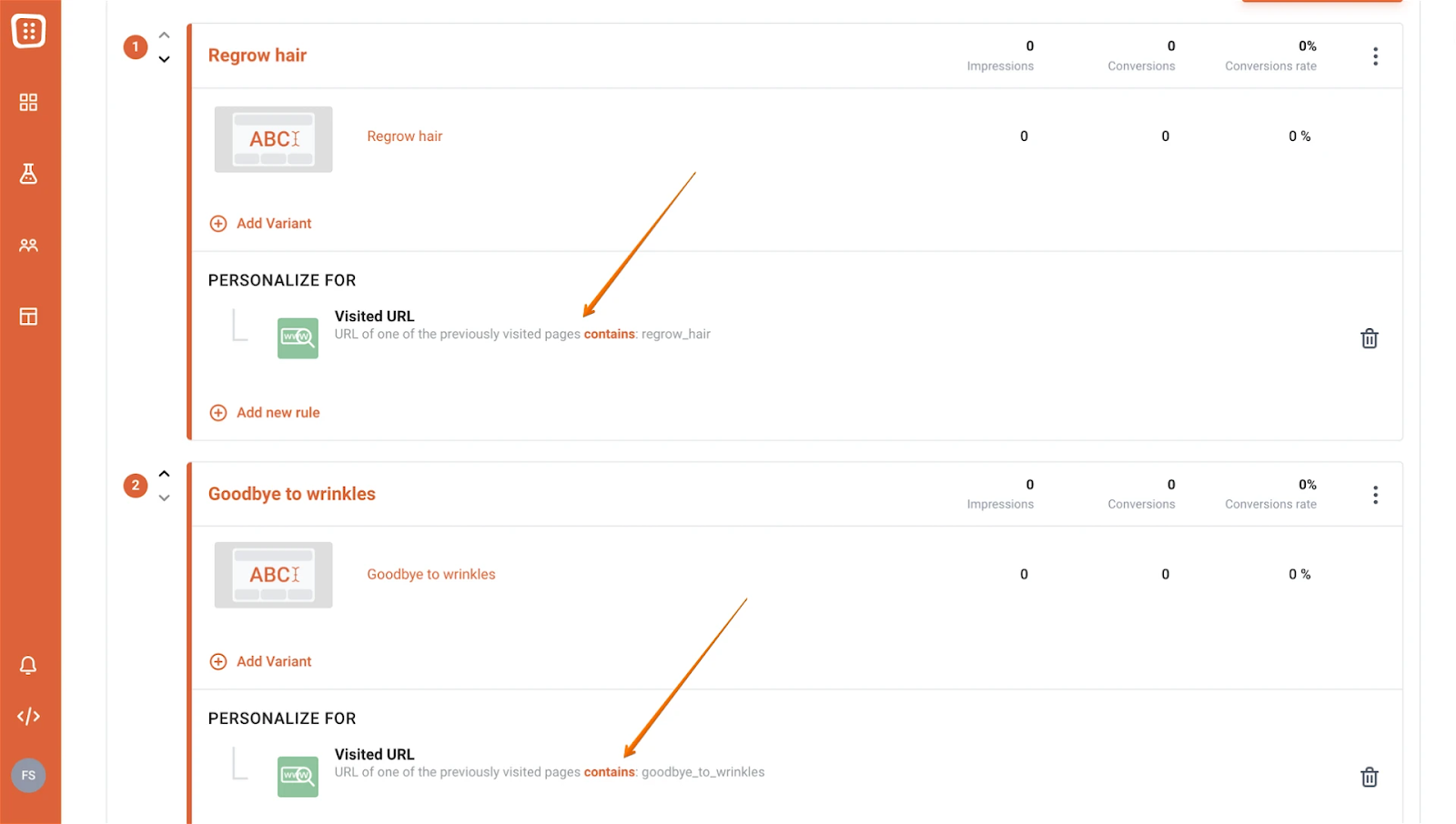
And you simply repeat this for each personalized landing page version you want to launch.
This approach is significantly more straightforward than the last one, particularly when you have a modest number of ads.
Even though it does require some manual work, like composing headlines and setting up Dynamic Content campaigns, it remains a far more feasible option.
If you’re dealing with a small number of ads, opting for these campaigns surpasses the strenuous manual process without a doubt.
If you’d like to get started with this method, here’s a detailed step-by-step guide on how to do it.
3. Personalize your landing pages with AI
If you’re looking for the ultimate solution (especially if you have many different Facebook ads), then dynamically personalizing your landing pages with AI is by far the easiest solution.
AI-driven personalization starts with gathering customer data, analyzing it, and then leveraging this information to deliver highly personalized experiences.
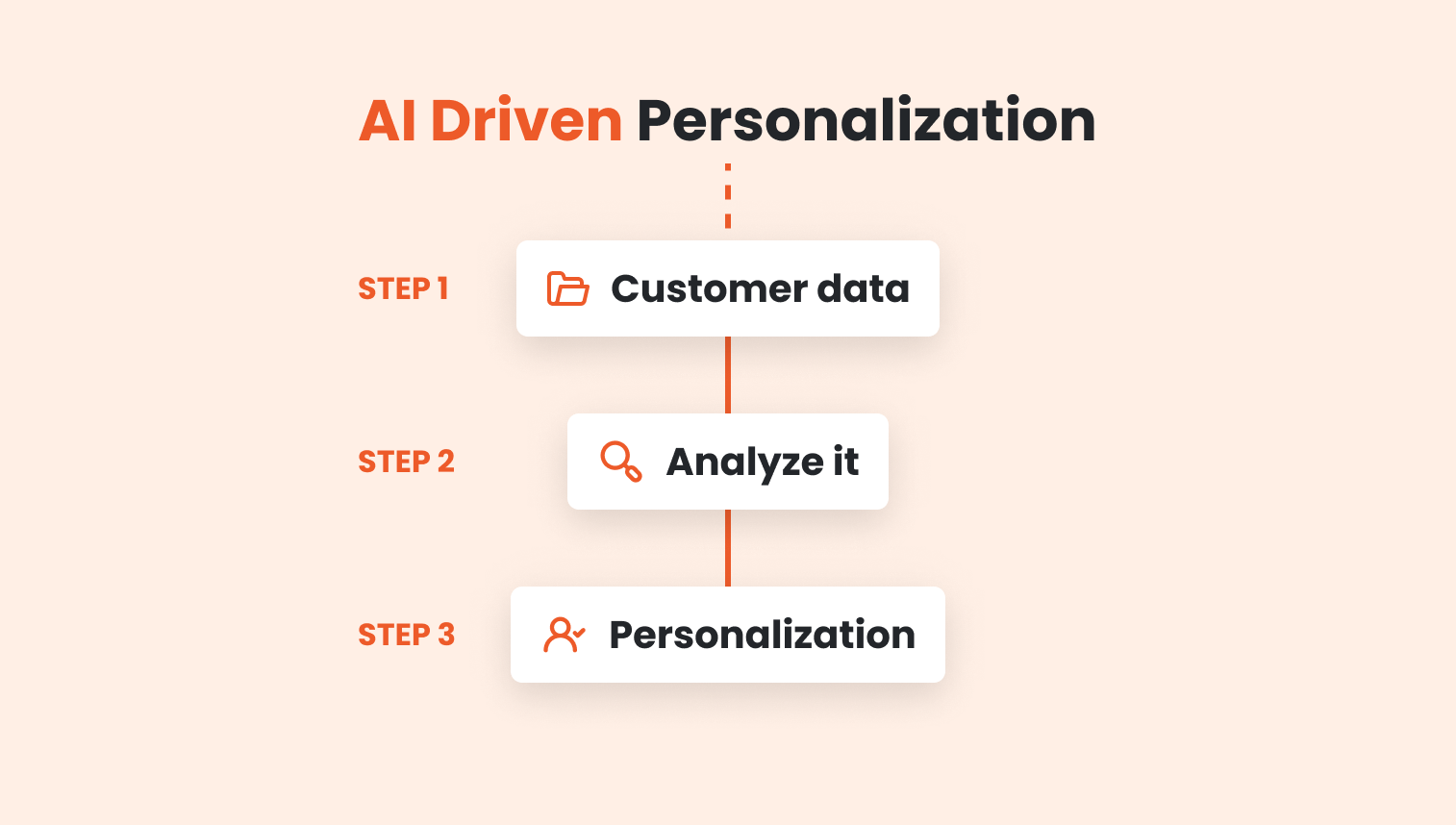
With OptiMonk’s Smart Personalizer, you can seamlessly align your ads with your landing pages—without needing to create diverse headlines or manually adjust Facebook ads.
The AI takes care of all that.
Additionally, you won’t have to create multiple Dynamic Content campaigns. Just set up a single one, select the specific elements for personalization, and hit the launch button.
Embracing Smart Personalizer means saying farewell to manual hassles and boosting the efficiency of your Facebook ads by making them exceptionally relevant to your target audience.
This will help to improve your Facebook ROAS and get the most out of your marketing efforts.
FAQ
What is ROAS, and why is it important for Facebook ads?
ROAS stands for Return on Ad Spend, which measures the revenue generated for every dollar spent on advertising. It’s crucial for Facebook ads because it indicates how effectively your ad campaigns are driving revenue and whether they’re worth the investment.
How can I calculate ROAS for my Facebook ads?
To calculate Facebook ROAS, divide the total revenue generated from your ads by the total amount spent on those ads. For example, if you spent $500 on Facebook ads and generated $2,000 in revenue, your ROAS would be 4:1 ($2,000 divided by $500).
What are some common mistakes that lead to low ROAS on Facebook ads?
Some common mistakes include targeting the wrong audience, using ineffective ad creative, not optimizing for mobile devices, and failing to align ad messaging with landing pages.
What is a good ROAS for Facebook ads?
A good ROAS for Facebook ads varies depending on factors such as industry, business goals, and advertising objectives. However, as a general benchmark, a Facebook ROAS of 4:1 or higher is considered strong, indicating that you’re generating $4 in revenue for every $1 spent on advertising.
How can I track and measure the effectiveness of my Facebook ad campaigns for ROAS optimization?
Use Facebook Ads Manager and other analytics tools to track key metrics such as conversions, click-through rates, and cost per acquisition. Set up conversion tracking and attribution models to understand which ads are driving the most revenue and optimize your advertising campaigns accordingly.
Wrapping up
In many cases, improving your Facebook ads’ ROAS isn’t about constantly changing your ads, but rather making your website’s landing pages better.
To summarize, here are the three solutions we covered today:
- Create different landing pages for your ads: You manually create various landing pages, but this approach is not scalable and requires updates for each version, making it very time consuming.
- Manually personalize your landing pages: You create one landing page and personalize specific sections using tools like OptiMonk’s Dynamic Content, offering a simpler option for a limited number of ads, albeit with some manual effort involved.
- Personalize your landing pages with AI: This is the most advanced solution, which uses AI like OptiMonk’s Smart Personalizer to dynamically match ads to landing pages without the need for manual content changes. It’s especially suitable for businesses with a large number of ads.
Don’t settle for landing pages that are just “okay.” Turn them into highly relevant, personalized experiences with an advanced tool like Smart Personalizer.
Get started now and double your Facebook ads’ ROAS in just 20 minutes!
